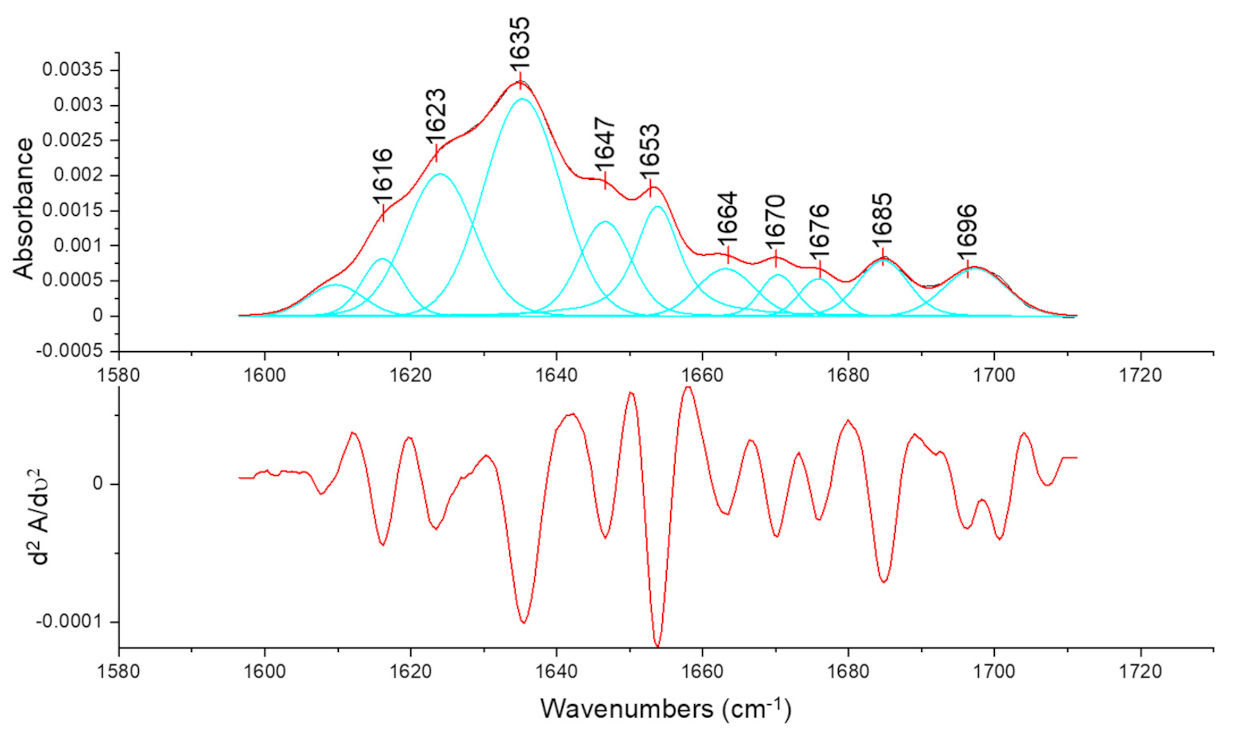
This can be achieved by employing zeolites with different structures and pore systems, and by introducing mesoporosity in addition to the existing network of micropores.
#DECONVOLUTION OF PEAKS WITH ESSENTIAL FTIR SOFTWARE FULL#
To achieve the full potential of a zeolite catalyst, it is important to maximise the accessibility of active sites and transport efficiency for both the feed molecules and products in catalytic reactions. Whilst the microporous nature of zeolites imparts some of their essential properties, such as high surface area, adsorption capacity and shape-selectivity, the presence of micropores can also lead to diffusional limitations, shorter catalyst lifetime and poor activity ( 5, 6).

Generally, the most important properties for catalytic reactions are the type, strength, distribution, concentration and accessibility of acid sites. This is due to their unique set of characteristics such as high adsorption capacity, intrinsic acidity, hydrothermal stability and shape selectivity.ĭetailed understanding of their acidic properties is important for the design, modification and practical application of zeolite based catalysts. Zeolites have been widely used within the chemical and petrochemical industries as heterogeneous catalysts. These cationic species are retained by steric effects and electrostatic interactions and can be exchanged with other cations, making zeolites highly valuable as cation-exchangers ( 2– 4). The AlO 4 units impart a negative charge within the framework that must be balanced by cationic species ( 2). Their primary units such as SiO 4 and AlO 4 tetrahedra are linked by oxygen atoms at their vertices, creating a variety of microporous framework structures ( 1). Zeolites are crystalline solids with a well-defined structure consisting of molecular scale pores and channels. It is concluded that using a combination of probe molecules, including co-adsorption experiments, affords differentiation between acid sites located in channels and cavities of different sizes and on the external and internal surfaces of various zeolitic structures. Brønsted acid sites on the external surface of medium pore zeolites can also be quantified using 2,6-di- tert-butyl-pyridine and 2,4,6-trimethylpyridine. 1,3,5-triisopropylbenzene can be used to distinguish Brønsted acid sites located on the external and internal surface in most medium and large pore channel zeolites. Many zeolites, including ZSM-5 and BEA, have been characterised by monitoring the interaction between the zeolite acid sites and test molecules, such as 1,3,5-triisopropylbenzene, pyridine and alkylpyridines, to probe the location, accessibility and strength of the Brønsted acid sites.

This paper provides a brief overview of Fourier transform infrared (FTIR) spectroscopy and nuclear magnetic resonance (NMR) characterisation of acidity in zeolites based on the application of test molecules with a diverse range of basicity and kinetic diameters. The understanding of location and accessibility of zeolite acid sites is a key issue in heterogeneous catalysis.


 0 kommentar(er)
0 kommentar(er)
